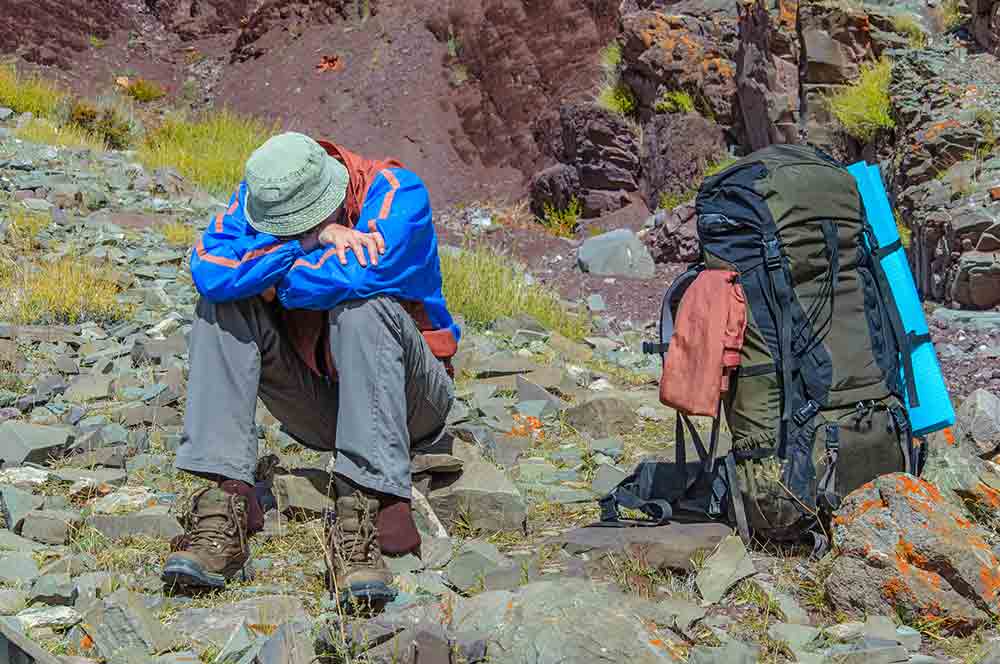
Embarking on the awe-inspiring journey to summit Mount Kilimanjaro is a dream for many adventure enthusiasts. However, the ascent to the towering heights of Africa's highest peak comes with the potential risk of altitude sickness. In this comprehensive guide, we delve into the nuances of Kilimanjaro Altitude Sickness, exploring its symptoms, preventive measures, and the essential medications that can aid trekkers in navigating the challenges posed by high altitudes.
Altitude sickness, also known as acute mountain sickness (AMS), is a condition that can affect individuals at high altitudes, typically above 2,500 meters (8,200 feet). Mount Kilimanjaro, standing at approximately 5,895 meters (19,341 feet), poses a risk of altitude-related issues for trekkers.
Acute Mountain Sickness (AMS): The mildest form, AMS, can cause symptoms such as headaches, nausea, and fatigue.
High Altitude Pulmonary Edema (HAPE): A more severe condition affecting the lungs.
High Altitude Cerebral Edema (HACE): The most serious form, affecting the brain.
Headache: Persistent headaches, especially at the forehead, are a common early sign of altitude sickness.
Fatigue: Unusual tiredness and lack of energy can be indicative of the body struggling with reduced oxygen levels.
Nausea and Dizziness: Mild nausea and dizziness may manifest as the body reacts to the altitude.
Shortness of Breath: Difficulty in breathing or shortness of breath, even during minimal exertion, may indicate a worsening condition.
Coughing and Chest Tightness: Symptoms of HAPE, including coughing and a feeling of constriction in the chest, may develop.
Confusion and Ataxia: HACE symptoms include confusion, stumbling, and an inability to walk in a straight line.
Ascend slowly to allow your body to acclimate to the decreasing oxygen levels. Kilimanjaro trekking routes are designed with acclimatization days to minimize the risk.
Stay well-hydrated to counteract the increased fluid loss at higher altitudes. Aim to drink at least 3-4 liters of water per day.
Maintain a balanced diet rich in carbohydrates to fuel your body for physical exertion at high altitudes.
Consider medications such as acetazolamide (Diamox) as a preventive measure. Consult with a healthcare professional before starting any medication.
Acetazolamide is a diuretic that helps the body acclimate to higher altitudes. It is commonly used as a preventive measure, but its usage should be discussed with a healthcare professional.
These over-the-counter medications can alleviate symptoms such as headaches and body aches associated with altitude sickness.
Dexamethasone is a corticosteroid that may be prescribed for severe cases of altitude sickness, especially when descent is not immediately possible.
As you embark on the remarkable journey to conquer Kilimanjaro, understanding and mitigating the risks associated with altitude sickness are paramount. Recognizing the symptoms, adopting preventive measures, and having a basic understanding of Kilimanjaro altitude sickness medication can contribute to a safer and more enjoyable trek. Prioritize your health, consult with healthcare professionals, and make informed decisions to safeguard your ascent to the Roof of Africa.